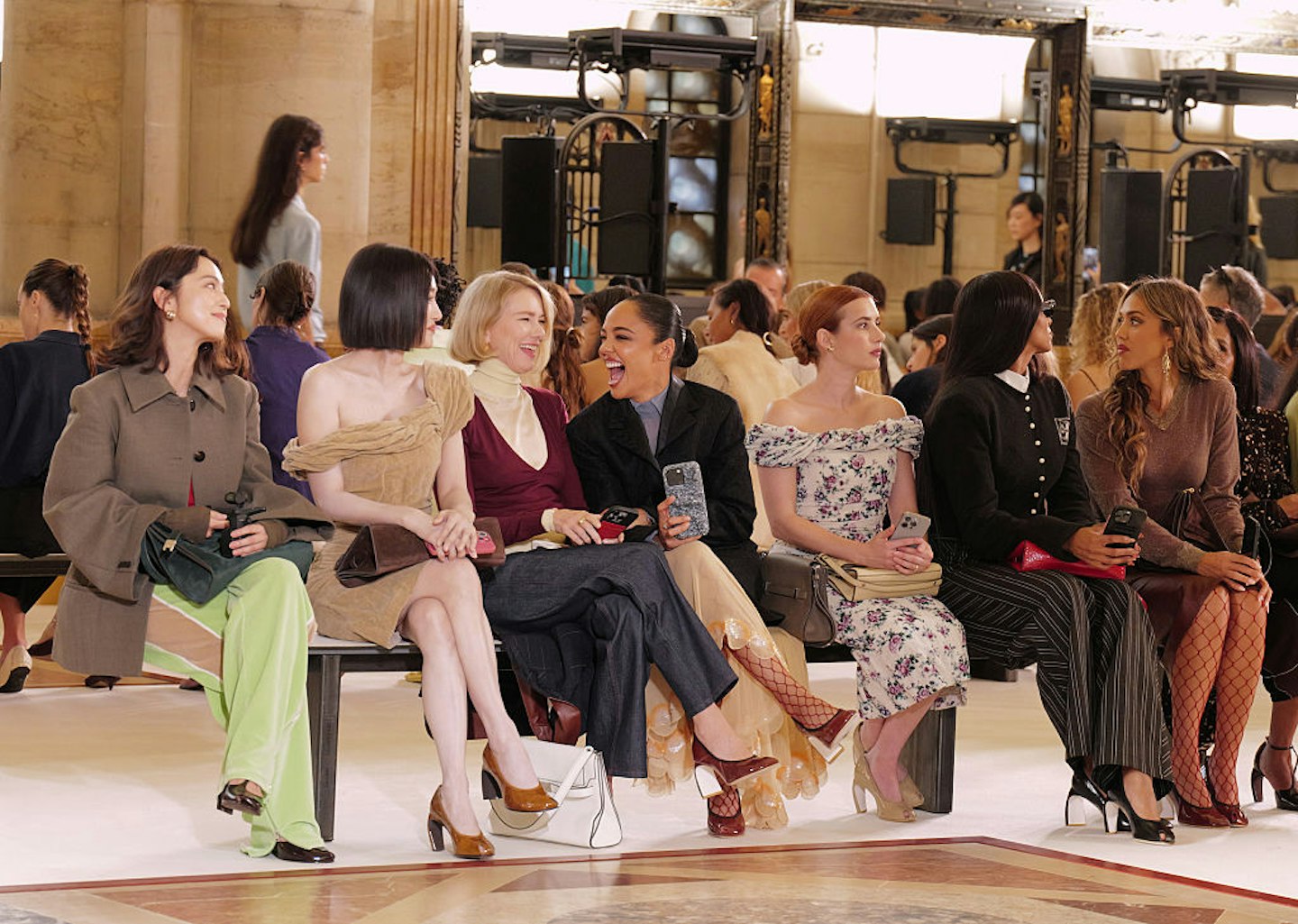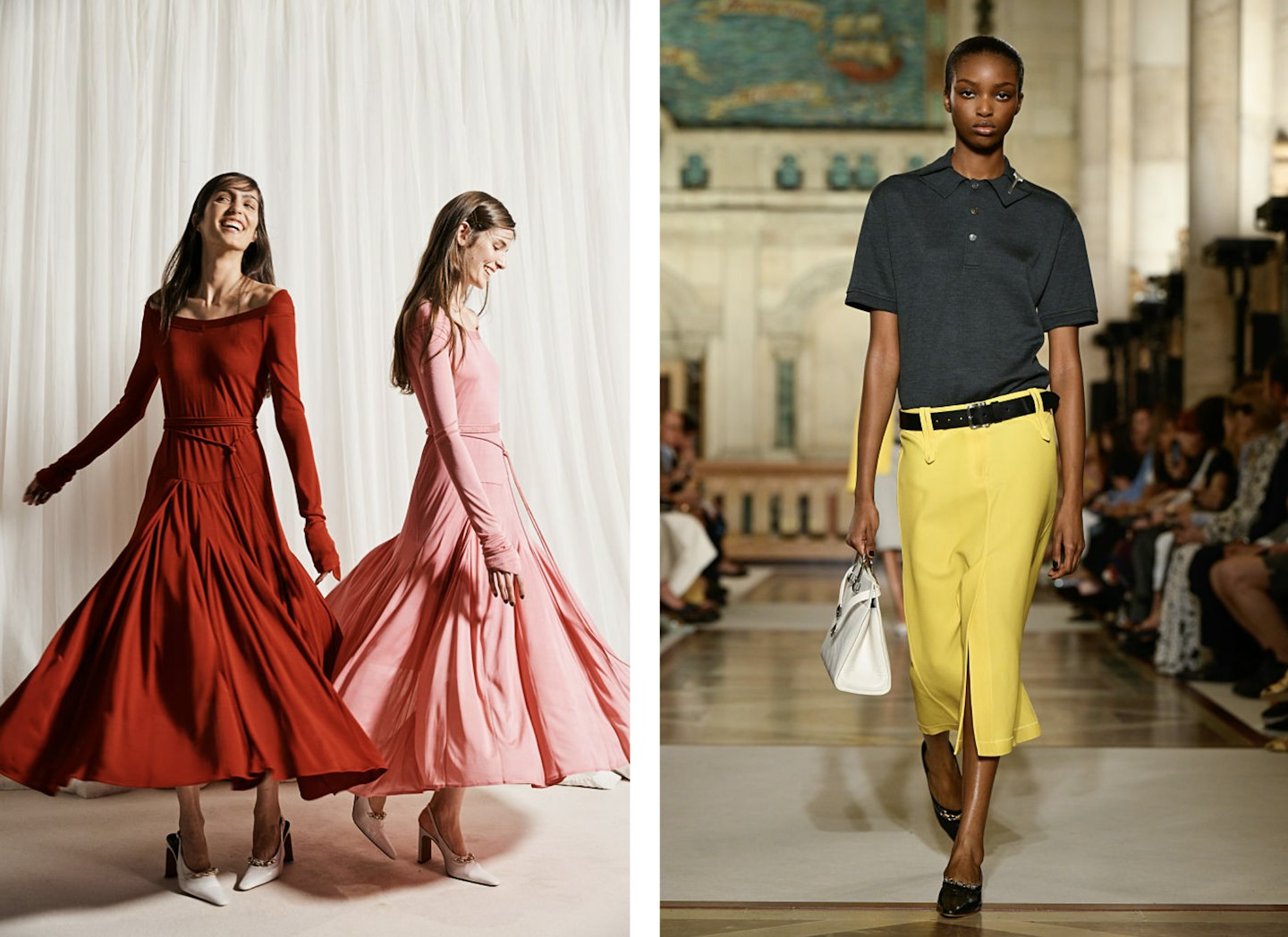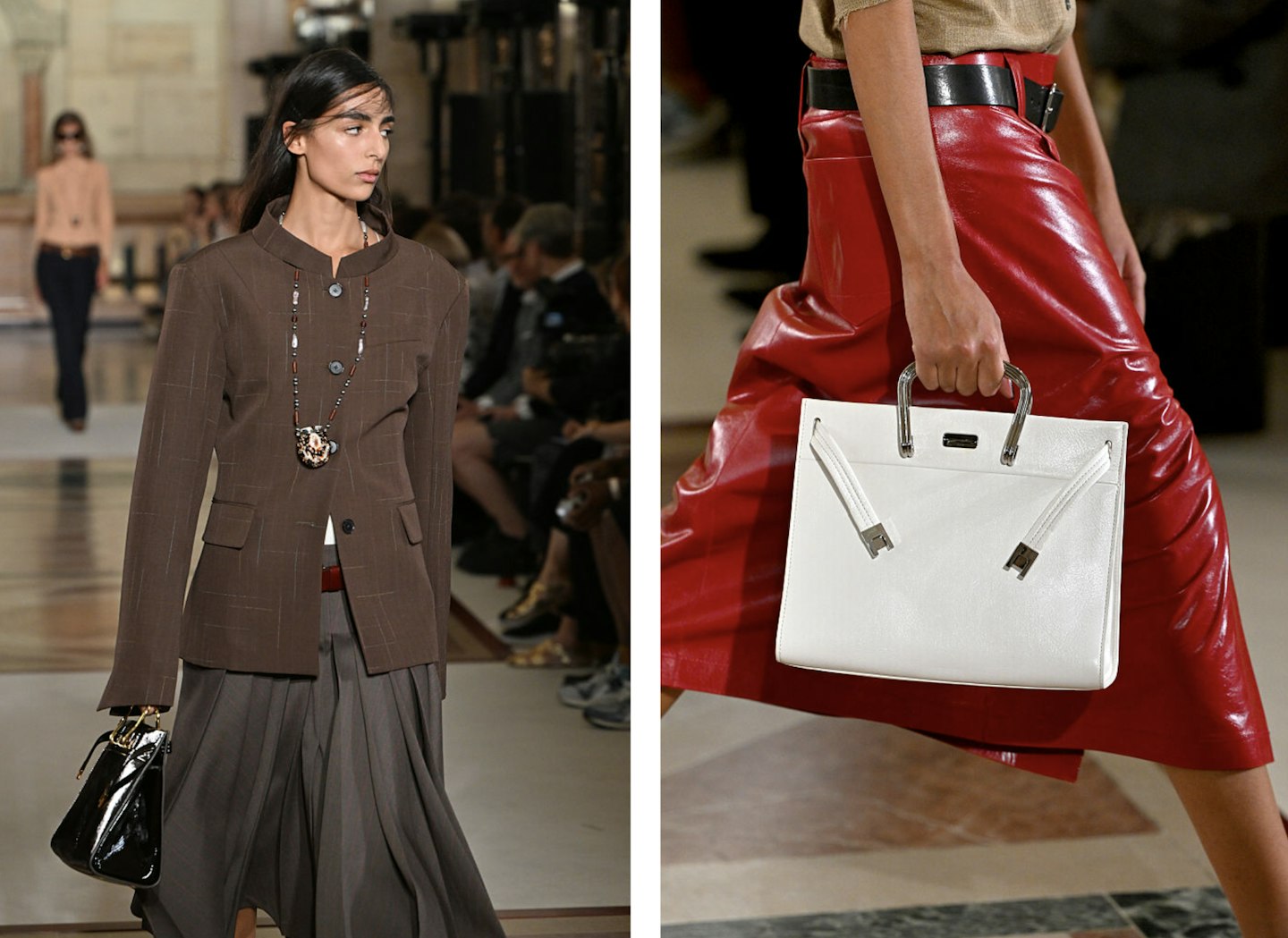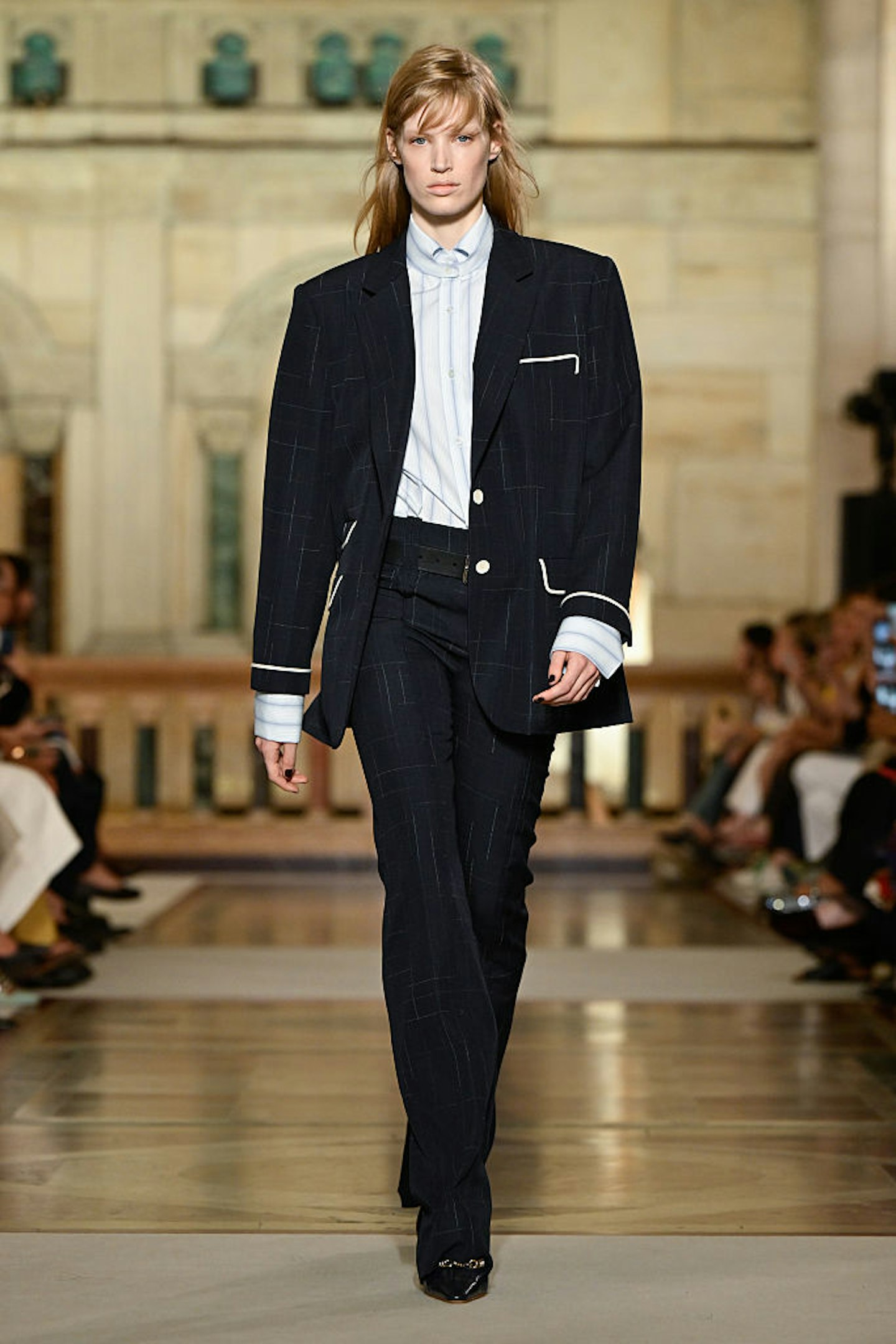‘I always want to be a problem solver, so women don’t have to figure it out,’ Tory Burch said backstage after her Spring/Summer ‘26 runway show on the penultimate day of New York Fashion Week. The American designer had gathered her audience - Emma Roberts, Naomi Watts and Tessa Thompson among them - not in Manhattan’s uptown ballrooms but in Brooklyn’s Williamsburgh Savings Bank Tower, once the tallest building in the borough. The setting, with its domed ceiling and grand marble, spoke to her ongoing mission: to elevate American sportswear beyond the everyday.

Burch, whose design sensibilities have entered a phase of dizzying ascent, devoted another season to the art of easing complexity in women’s wardrobes. ‘With each season, it becomes more of a dialogue and we’re learning as we go on about women and what they’re craving and what they want,’ she reflected. This dialogue materialised in clothes that felt attuned to modern life’s push-pull: practicality tempered with glamour, and a sly wit hidden in the details.
Colour was her entry point. ‘This season I started with colour. I wanted it to be about colour in an eccentric way, and I didn’t want it to be an obvious colour palette for us,’ she explained. ‘In this dark time we’re all experiencing, I wanted to feel joy and optimism.' That intention surfaced in a flowing viscose jersey dress in pink, a low-slung cotton canvas skirt in warm yellow, and a cropped trench coat in a jolting cyan.

Silhouette, too, told its own story. Burch fixated on low-slung waists, segueing into 1920s-inflected beaded dresses that caught the light with restrained allure. Yet it was the accessories that seized the spotlight. Not only the leather goods - long Burch’s bread and butter - but also the jewellery. Earrings and necklaces echoed shoes through pearls, glass flowers and seed beads, twisted around chains. Shells peeked through hidden slits in jackets; pins punctuated straps and collars, offering an old-world romance against futuristic wraparound sunglasses. ‘I love jewellery and I took the more is more approach,’ she said. ‘I thought about jewellery sets and wanted to modernise them.’

Her heavy sellers were recalibrated with similar conviction. Gone were the Reva ballet flats (for now), that once-ubiquitous brand signature. In their place: low pumps and sandals with barbed-wire-inspired embellishments, their vamp lines cut in ‘50s silhouettes. Elsewhere, the Radziwill bag returned with heavy metal hardware and intricate beading, and the Romy bucket bag, meanwhile, reappeared in distressed leather.
Backstage, the first embrace came from her mother, the muse who anchors Burch’s practice. This time, however, her father loomed equally large in the collection. ‘He was such a big influence on me, and so many details of the collection were inspired by him,’ she said, nodding to a pinstripe suit reimagined as womenswear. The gesture imbued the collection with a sense of intimacy, as though Burch were weaving personal memory into the broader fabric of American style.

What makes Burch so commanding a figure - what made her show unmissable for the editors, celebrities and industry heavyweights who decamped to Brooklyn - is her ability to merge instinct with precision. She retools the codes of American sportswear while making them both personal and aspirational. Standing backstage in all navy, she looked every inch the modern fashion stateswoman. In an industry that often mistakes noise for impact, Burch is building power the old-fashioned way: with clothes women actually want to wear. No wonder we are all, by now, die-hard Tory fans
Henrik Lischke is the senior fashion news and features editor at Grazia. Prior to that, he worked at British Vogue, and was junior fashion editor at The Sunday Times Style.
